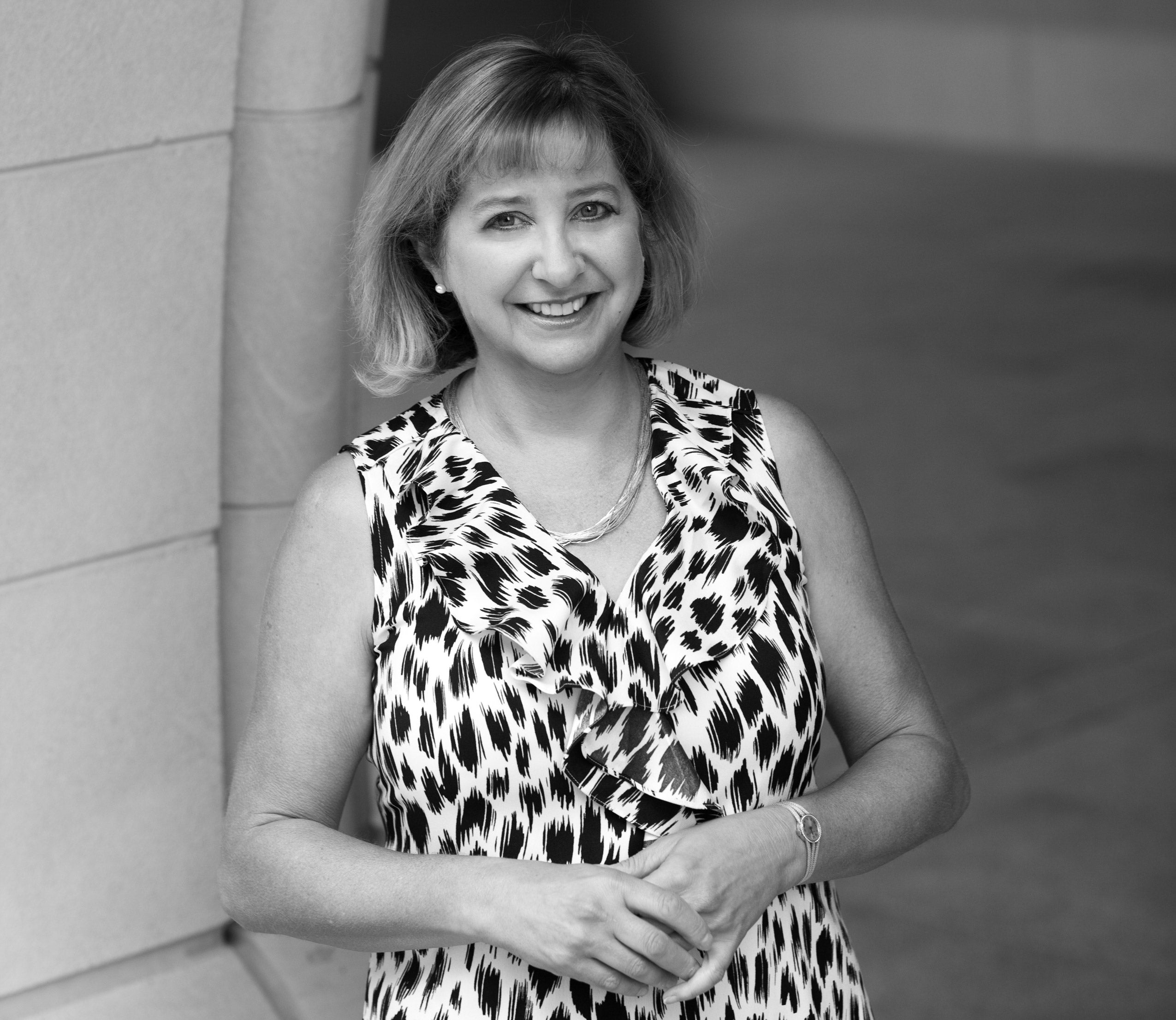Wendy Jacobs ’81, one of the nation’s most highly celebrated environmental law experts and the founder of the first-ever environmental law and policy clinic at Harvard Law School, died on Feb. 1, after a long illness. She was 64.
During her decades of private practice and her long-time tenure as the Emmett Clinical Professor of Environmental Law at Harvard Law School, Jacobs dedicated her career to protecting the environment and developing the next generation of environmental advocates.
“Wendy had deep faith in, and worked hard to realize, the positive role law can play in protecting the environment, addressing climate change, and preserving the earth for generations to come,” said John F. Manning ’85, the Morgan and Helen Chu Dean and Professor of Law at Harvard Law School.
Jacobs joined the Harvard Law faculty in 2007 after more than two decades in private practice. As a partner at Foley Hoag, in Boston, she assembled a substantial practice with an exclusive focus on environmental matters. At HLS, she was tasked with building an environmental law clinic from the ground up.
“It was a fascinating and courageous jump,” said Richard Lazarus ’79, the Howard and Katherine Aibel Professor of Law at Harvard University. “She had never been a full-time teacher. She had not been a clinician before, and she came to Harvard Law School to start its very first environmental law clinic. It was a bold move .”
Jacobs’ vision for the clinic was not just to replicate other environmental law clinics’ focus on litigation. Instead, she concentrated on complex, cutting-edge environmental and energy law and policy projects, which ran the gamut from compliance counseling; preparation of comments on federal and state rulemakings; drafting of legislation, regulations and ordinances; administrative trials and appeals; and development of corporate risk management and environmental protection policies and manuals.
“It had a very, very big footprint, both here at the university, in the Boston-area, and nationally,” Lazarus said of the Emmett Environmental Law and Policy Clinic, as it came to be known.
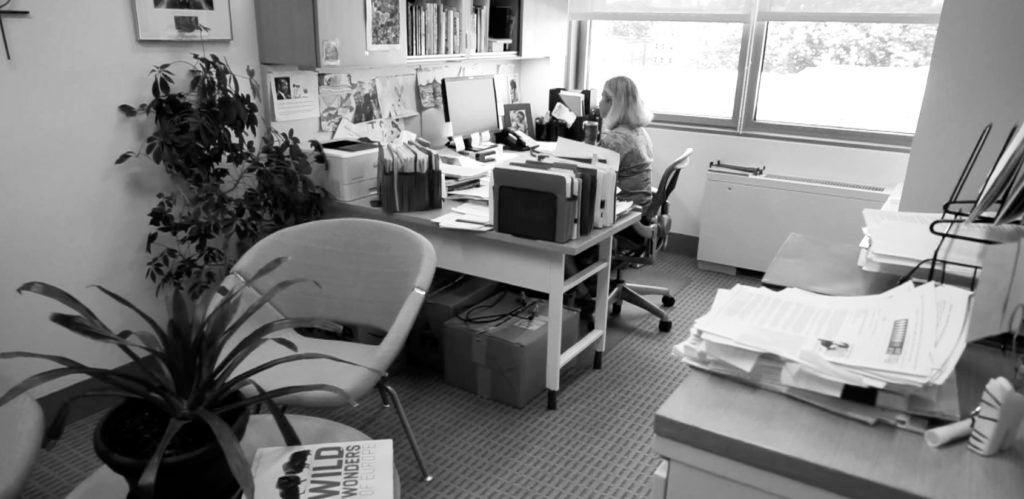
“Wendy will be remembered by her students as an inspiring teacher and leader,” said HLS Professor Jody Freeman LL.M. ’91 S.J.D. ’95, the founding director of the HLS’ Environmental & Energy Law Program. “This is a real loss for the environmental law community at HLS.”
Shaun Goho ’01, the clinic’s deputy director and senior staff attorney, said Jacobs’ goal was to help bridge the gap between academics and real practice — to have students learn not just what it means to be a lawyer, but to engage in the practice of law.
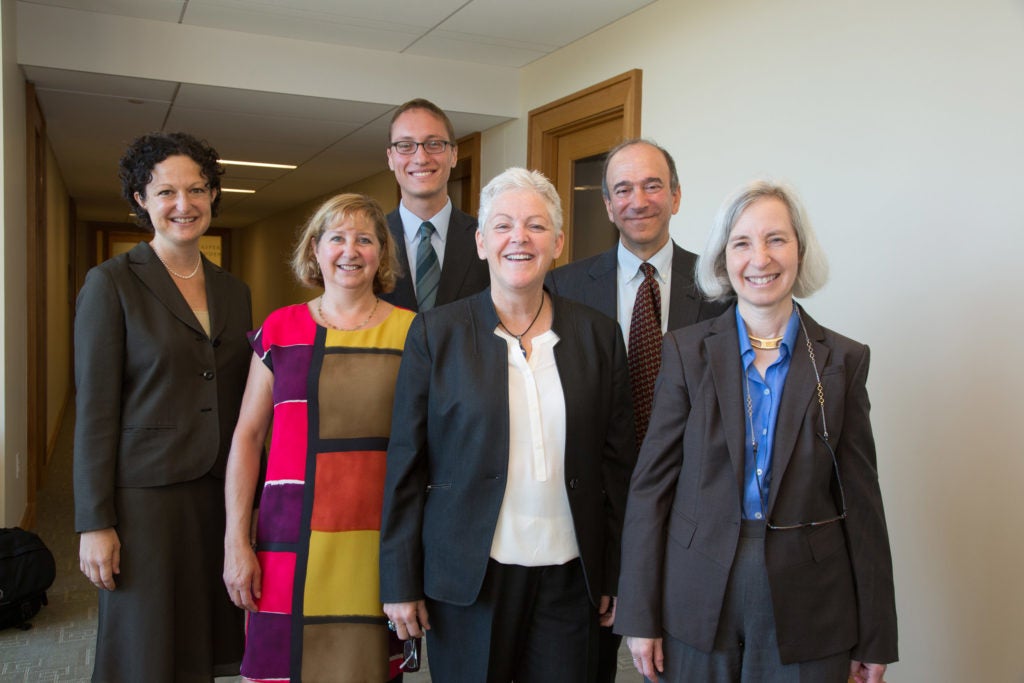
In July 2013, then Environmental Protection Agency Administrator Gina McCarthy (center) delivered an inaugural address at HLS. [L-R] Kate Konschnik, former policy director of the Environmental Law Program; Wendy Jacobs; Shaun A. Goho; Gina McCarthy; Richard Lazarus; and former HLS Dean Martha Minow.
At Harvard University, she developed the groundbreaking Climate Solutions Living Lab, an innovative course in which graduate students from across campus collaborate on interdisciplinary teams — applying their legal, business, public policy, public health, engineering, and design training — to design practical projects to help organizations, and federal, state, and local governments, address climate change. In a 2017 interview about the course, Jacobs said, “No single professional discipline can tackle climate change in isolation; collaboration is critical.”
While the clinic continued to focus on a myriad of environmental issues, after the November 2016 presidential election, Jacobs, like many in the environmental protection field, became deeply concerned with the Trump administration’s approach to science, including its decisions to remove information from governmental websites and defund enforcement of environmental laws. She decided that the clinic should serve a role in fighting back against attacks on science.
It wasn’t an intuitive issue for a law school clinic to take on, Goho said, and there were some skeptics, but Jacobs had a vision and she saw it through. “She could take a kernel of an idea — and maybe an idea that others wouldn’t think was an appropriate fit for us — and see it through to a huge set of initiatives that produced real impacts.”
To empower citizens and community groups who want to use citizen science data in litigation, the clinic developed an interactive electronic resource, or a step-by-step manual. It helps groups collect information, and understand the laws governing citizen science in all 50 states, so they can make a difference in their communities. Jacobs shared the guide with grass-roots organizations, legal aid and law school clinics, and scientists and others around the country.

In 2018, she led an effort to push back against the “Transparency Rule,” a proposed Trump administration regulation which would have allowed the Environmental Protection Agency to ignore studies based on data that are not publicly available, such as those that include confidential medical information. On behalf of the clinic, Jacobs wrote a comment letter, signed by Harvard University President Lawrence S. Bacow and nearly 100 Harvard affiliates, arguing that the draft rule would impede or block access to the best available science. On the day Jacobs died, a federal judge in Montana sided with conservation groups and struck down the controversial rule.
“That was part of her legacy. She laid the groundwork for the scientific and legal arguments that ultimately defeated the rule,” said Goho.
Jacobs enrolled at Harvard Law School in 1978, intending to specialize in international law. But after newspapers began chronicling the rampant illness and birth defects among residents of Love Canal, Niagara Falls, a neighborhood built on 21,000 tons of chemical waste, Jacobs was inspired by the work of citizen activists who sought restitution. In a 2008 alumni profile, she said: “I knew I wanted to force the bad actors to pay for the damage and injuries they caused.”
She shifted her focus to environmental law — despite the fact that HLS didn’t offer courses in that subject area at the time. As an editor of the Harvard Law Review, she wrote “Allocating the costs of hazardous waste disposal” [HLR, Vol. 94, January 1981, Vol. 3], the first article on hazardous waste pollution ever published in the review. For her third-year paper, she focused on a novel area of law, what is now known as toxic tort litigation.
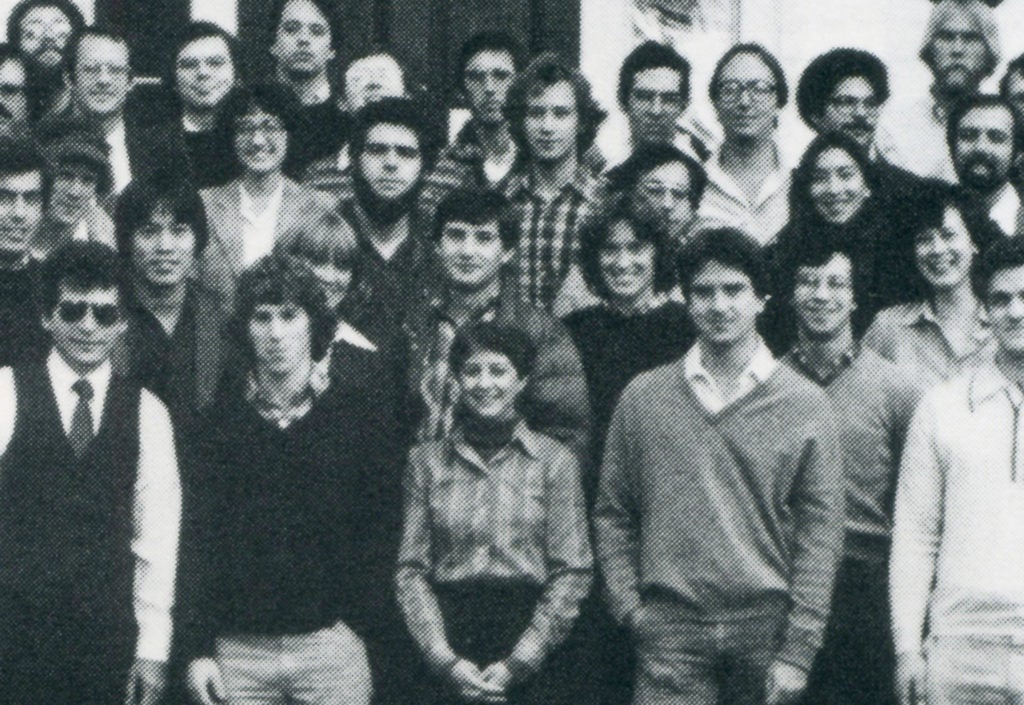
While a student at HLS, Jacobs served as an editor of the Harvard Law Review. She wrote “Allocating the costs of hazardous waste disposal,” [Harvard Law Review, Vol. 94, January 1981, Vol. 3], the first article on hazardous waste pollution published in the review.
After Congress passed the Superfund statute, Jacobs was determined to help shape the laws designed to prohibit and clean up hazardous waste and chemical contamination. She applied for the U.S. Department of Justice’s honors program, and was hired as an appellate lawyer in what was then known as the Land and Natural Resources Division.
Lazarus, then a recent HLS grad, served on the DOJ’s hiring committee and recommended Jacobs for the program. Thirty years later, they reunited as colleagues when Lazarus joined the HLS faculty in 2011.
As a scholar, Jacobs had written white papers, model legislation, and book chapters focused on carbon capture and sequestration, including chairing a session at the Sixth International Energy Agency Carbon Capture and Sequestration Regulatory Network Meeting in Paris.
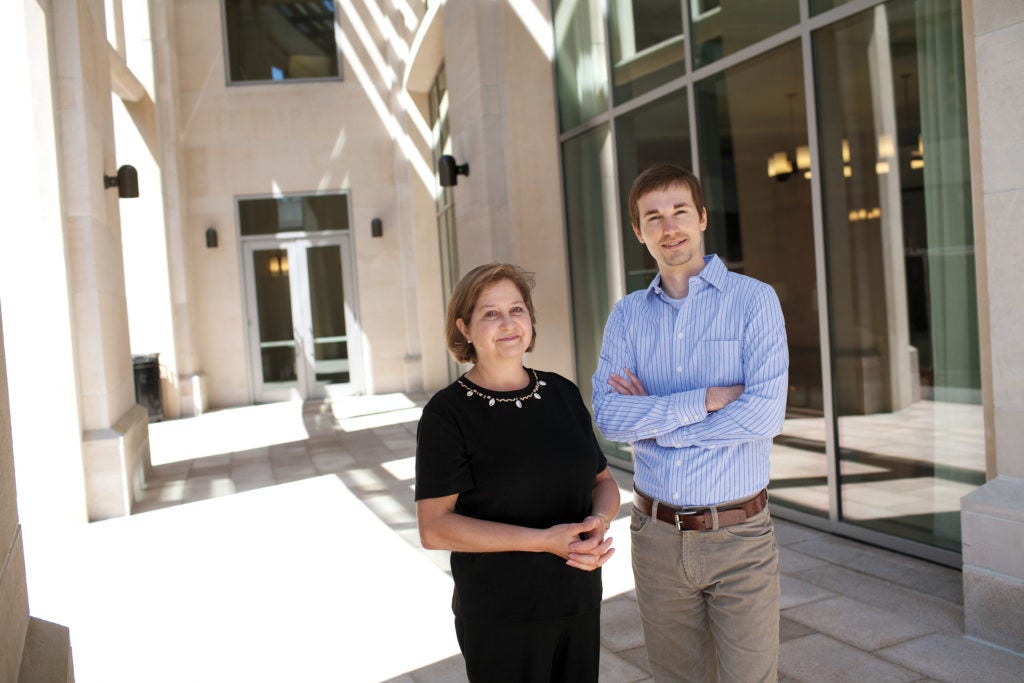
But her passion was to teach and mentor young lawyers. In a 2018 talk, Jacobs said her proudest professional achievement was to have helped launch former students on their careers.
Former clinic student Rachel Heron ’12, now an attorney in the Environment and Natural Resources Division of the Department of Justice, said: “She was an engaged supervisor who expected the highest quality work and helped us fledgling lawyers understand what exactly that looked like. I did the very first argument of my career under her supervision; I can still remember the note she slid to me on a piece of notebook paper after the hearing ended that said, ‘fabulous work,’ with an underline. Her standards were such that her praise really meant something.”
In his statement to the community announcing Jacobs’ passing, Dean Manning said he was grateful for, and inspired by, the courage, commitment, and dedication she showed her students each and every day. “Being a teacher was her calling, and so many will, because of her, lead lives of purpose and meaning and impact,” he said. “What a wonderful legacy.”
Jacobs is survived by her two daughters, Rachel and Elana Jacobs, her mother Jean Waxman, her two sisters, Carolyn and Diane Kemsley, Diane’s husband Charles Cossaboom and nephew Luc-Thinh Jacobs. A memorial has been created on the Harvard Law School Emmett Environmental Law and Policy Clinic website .
